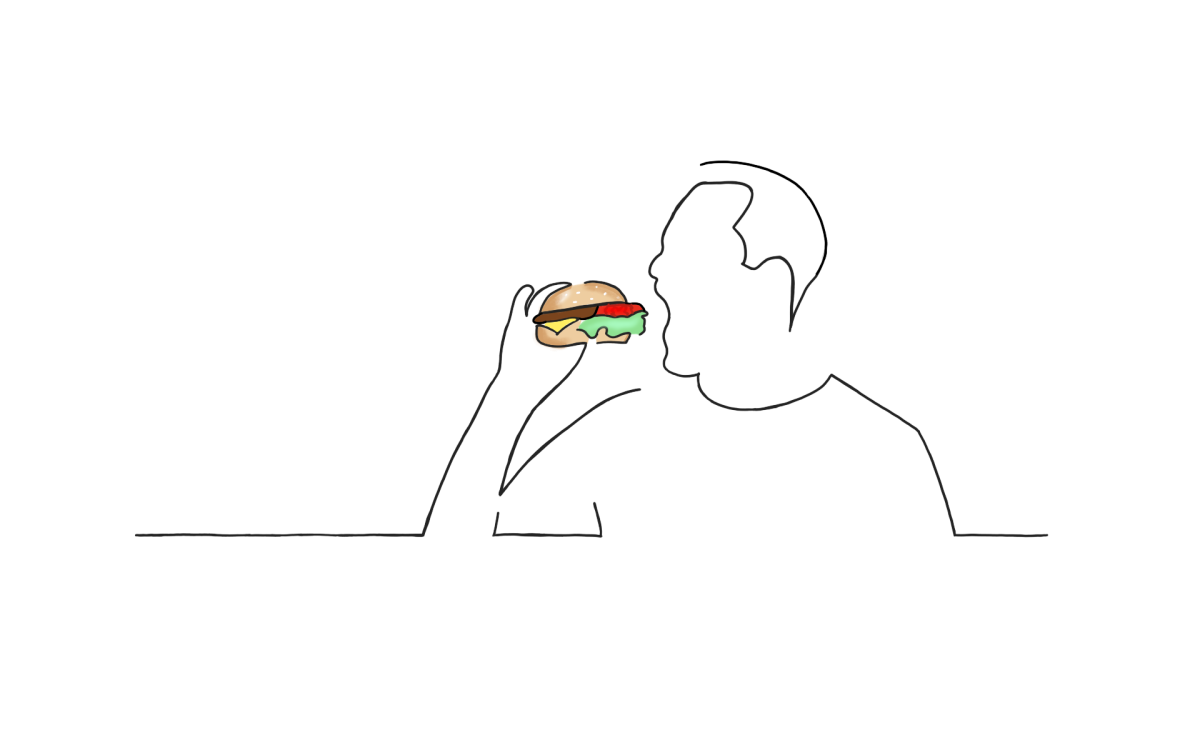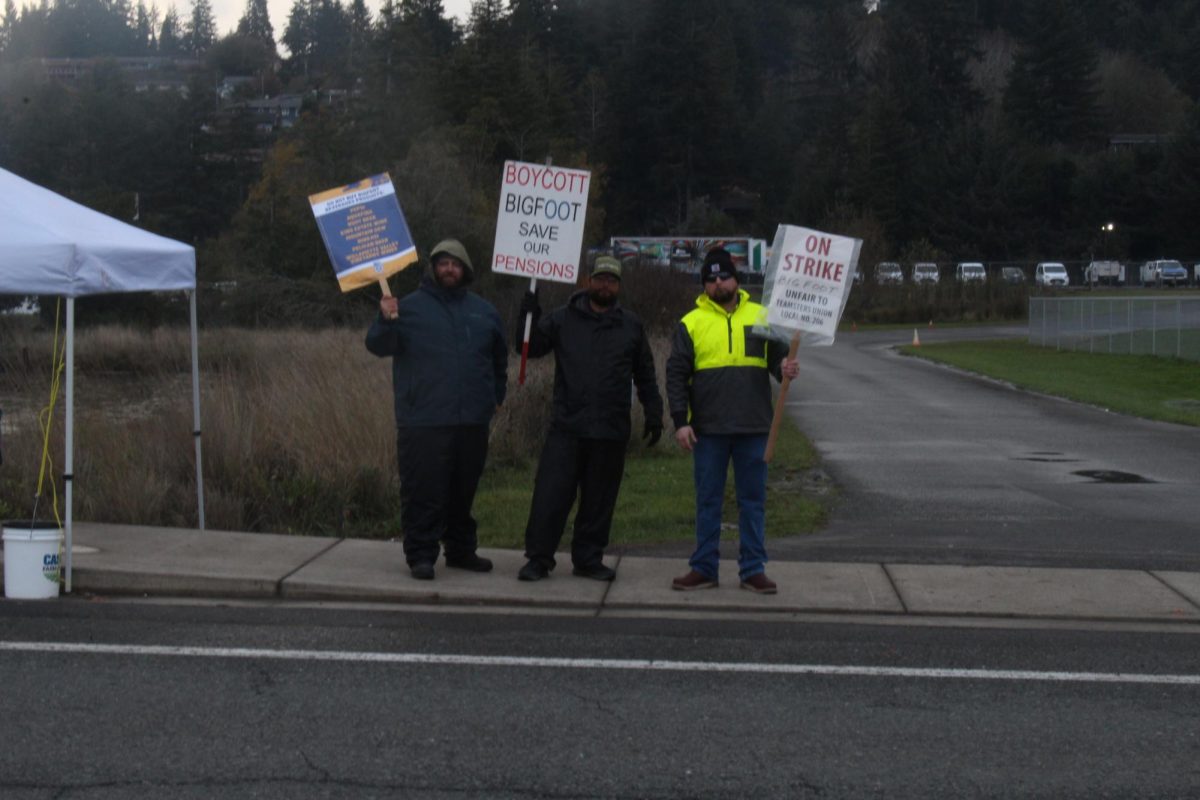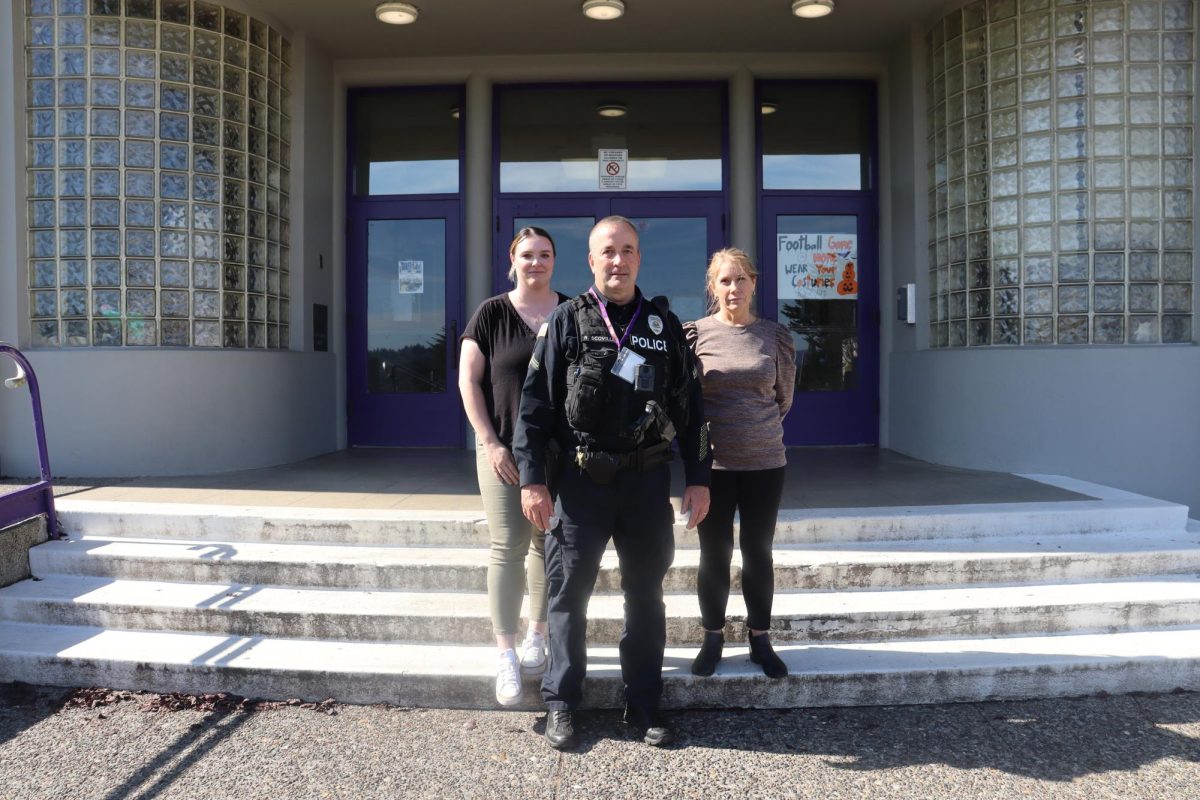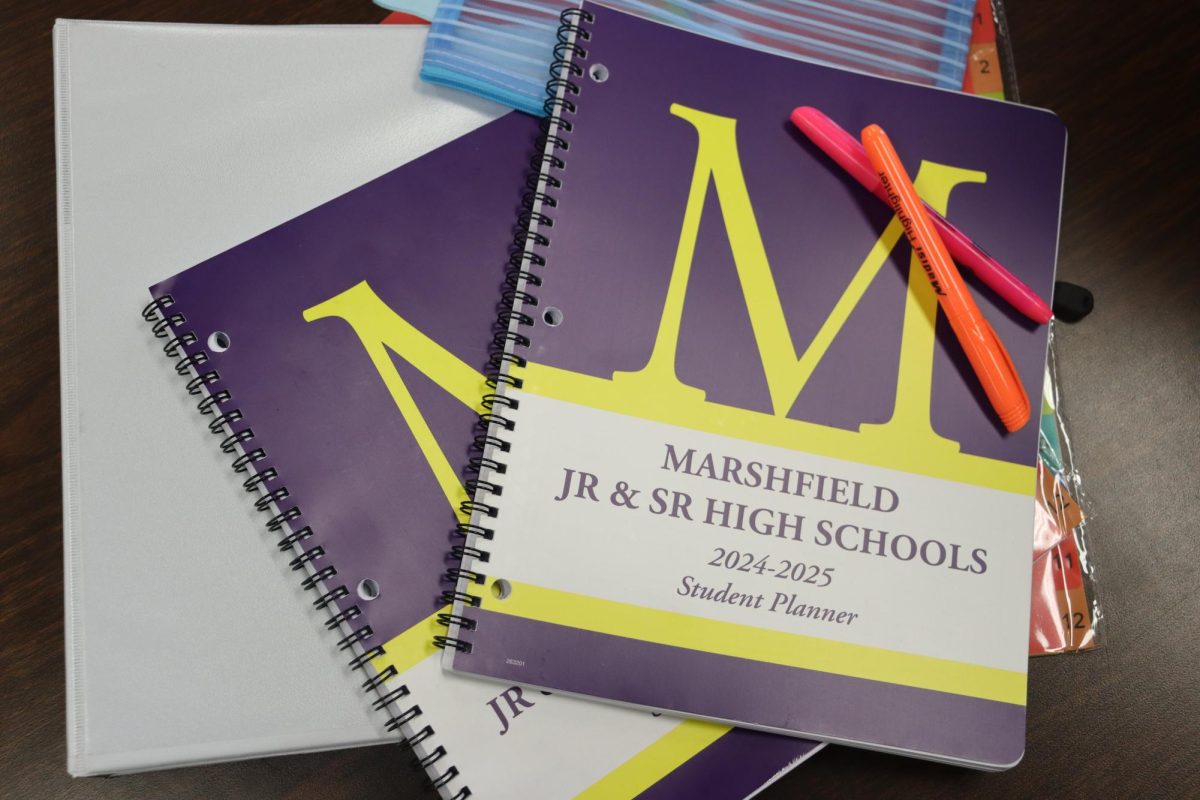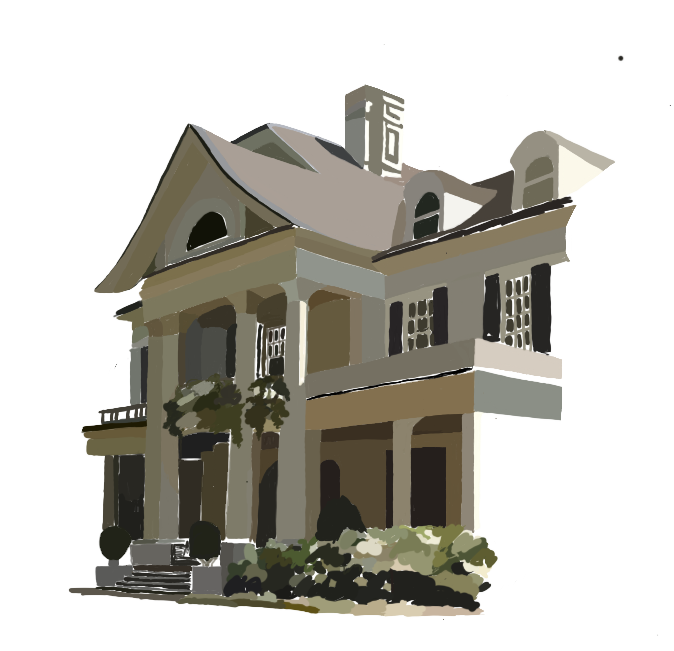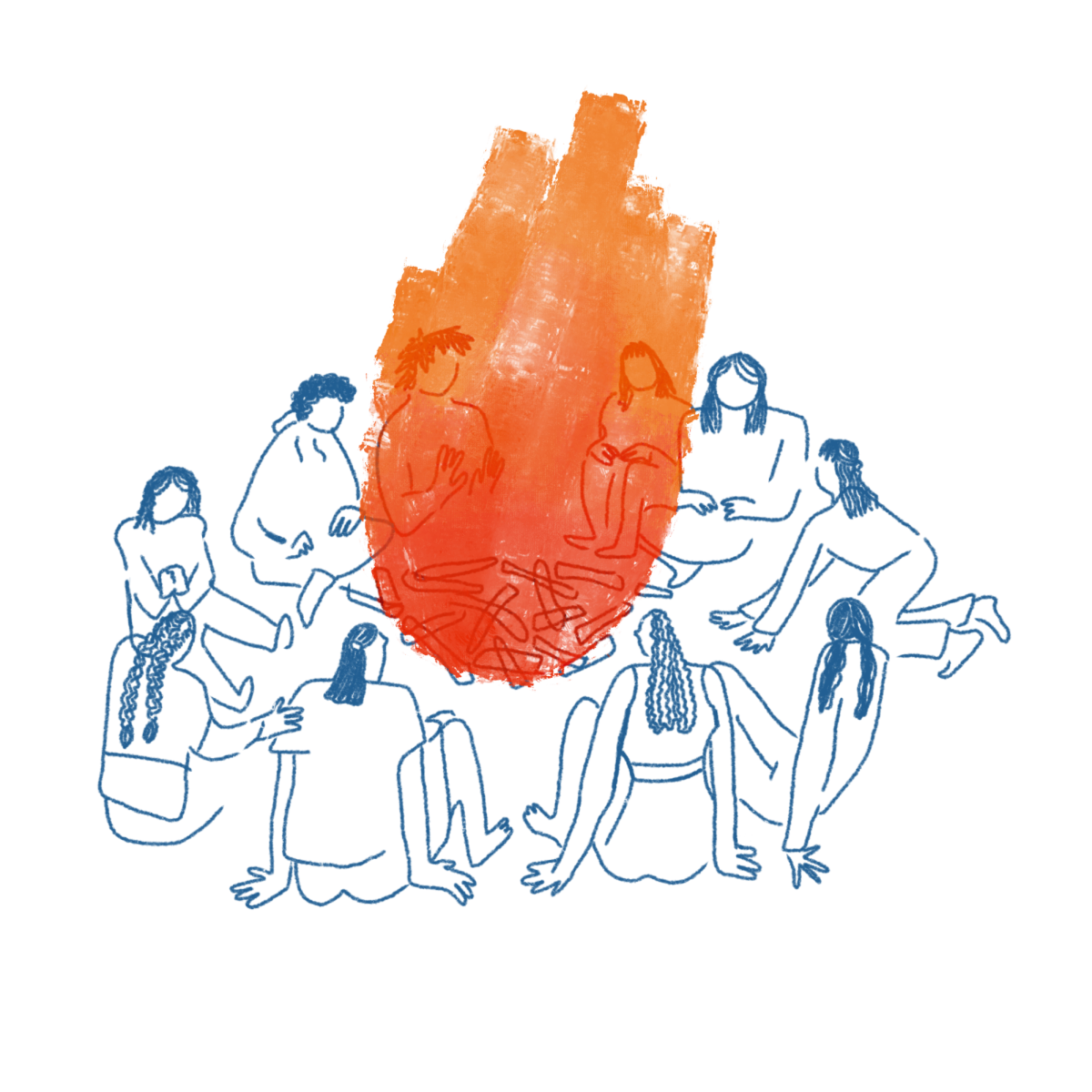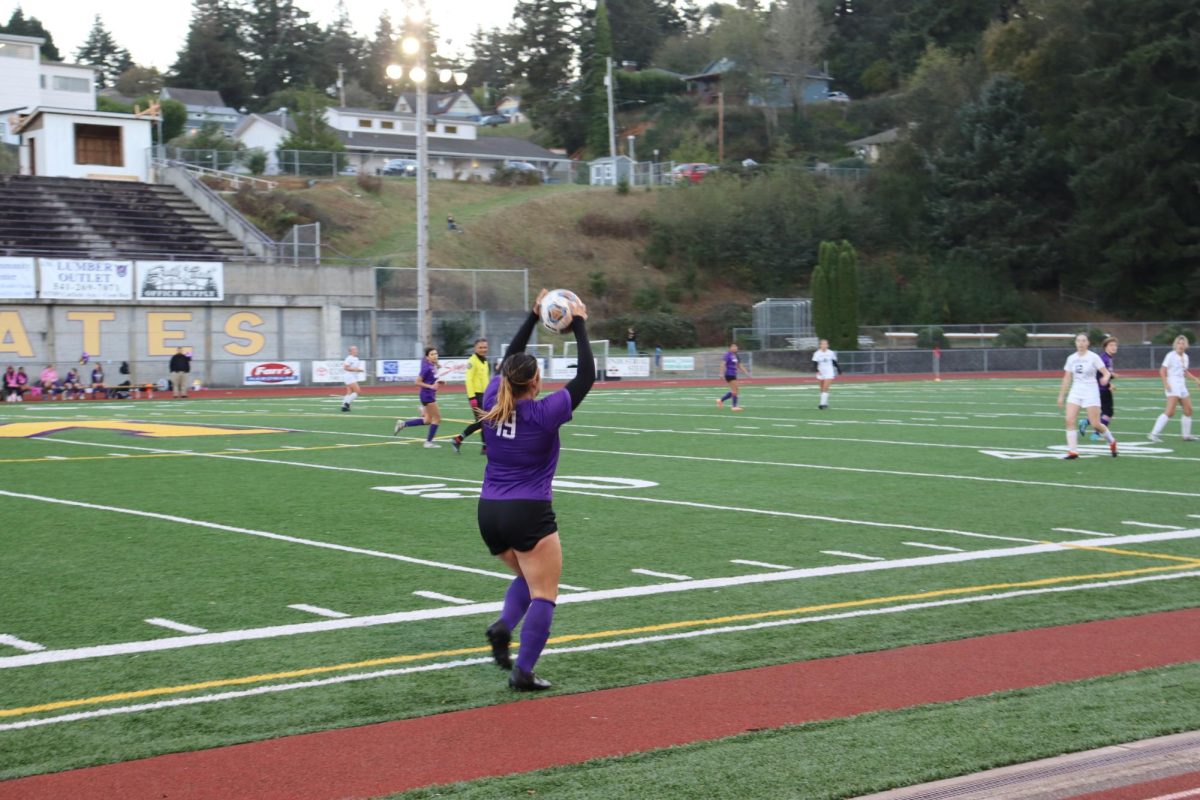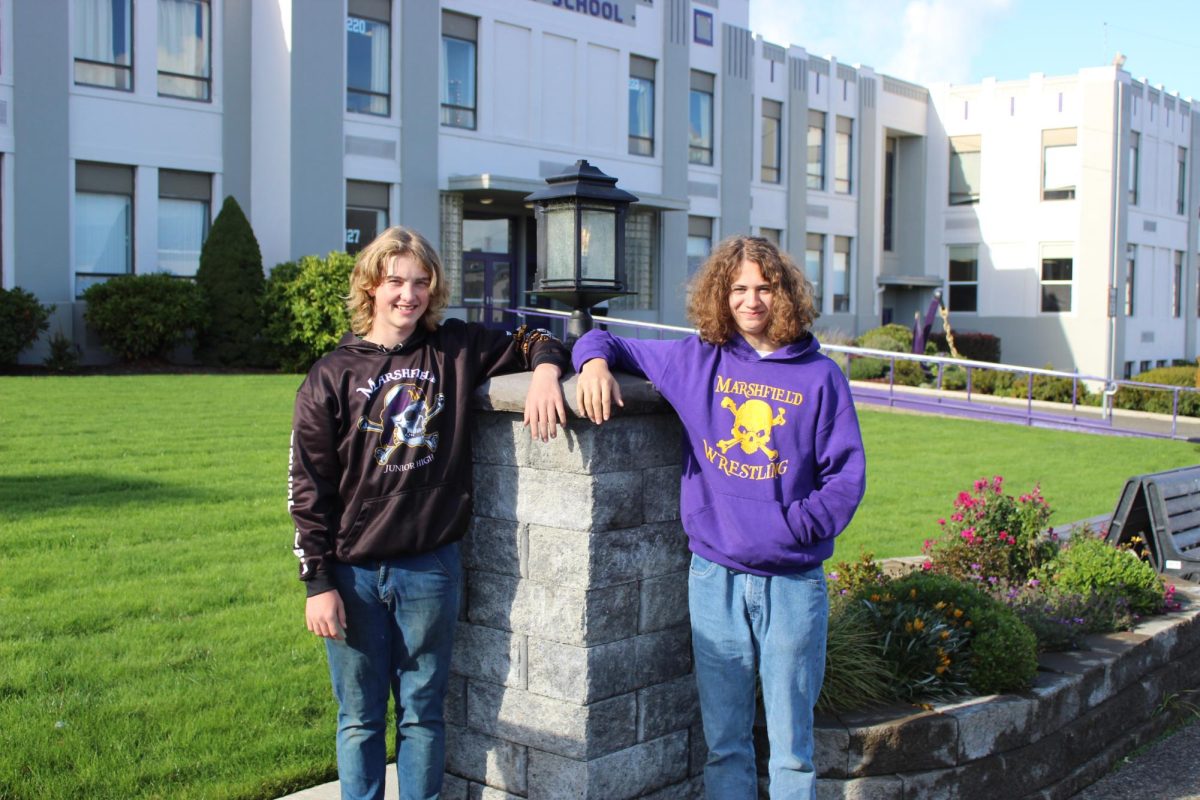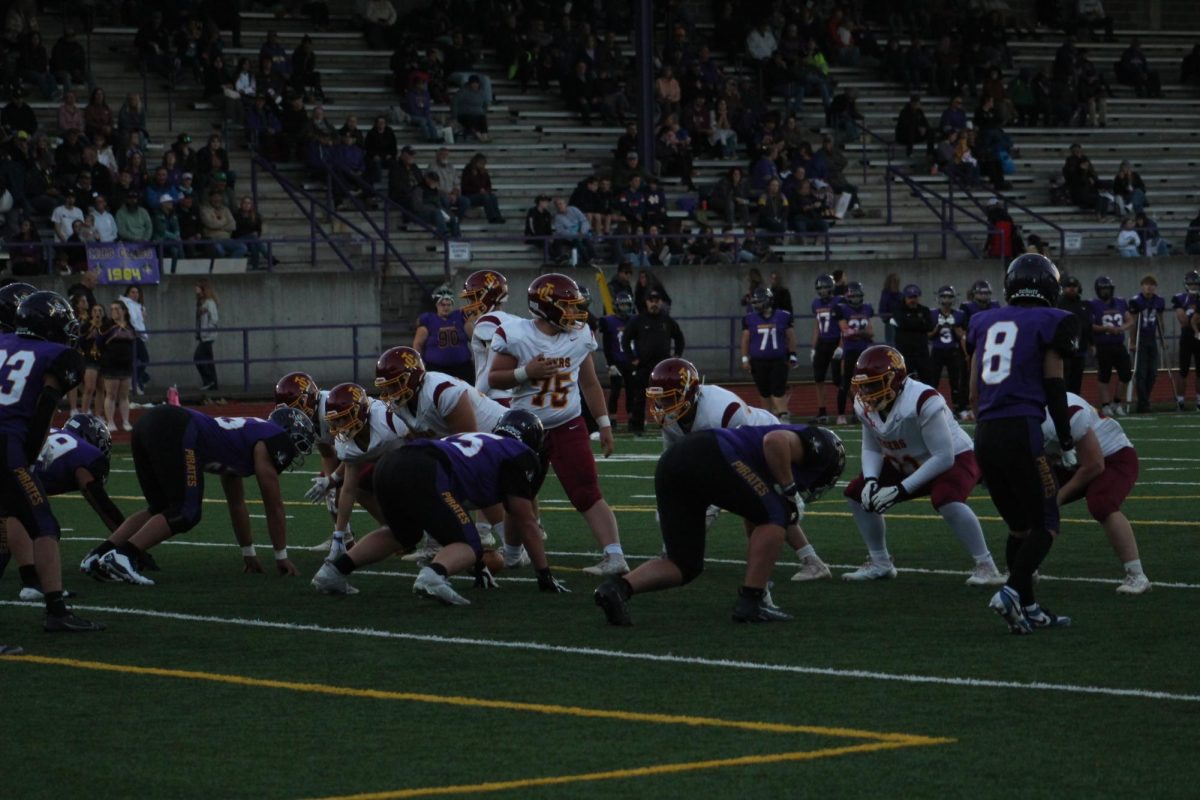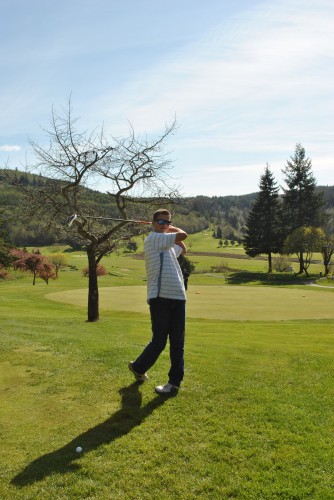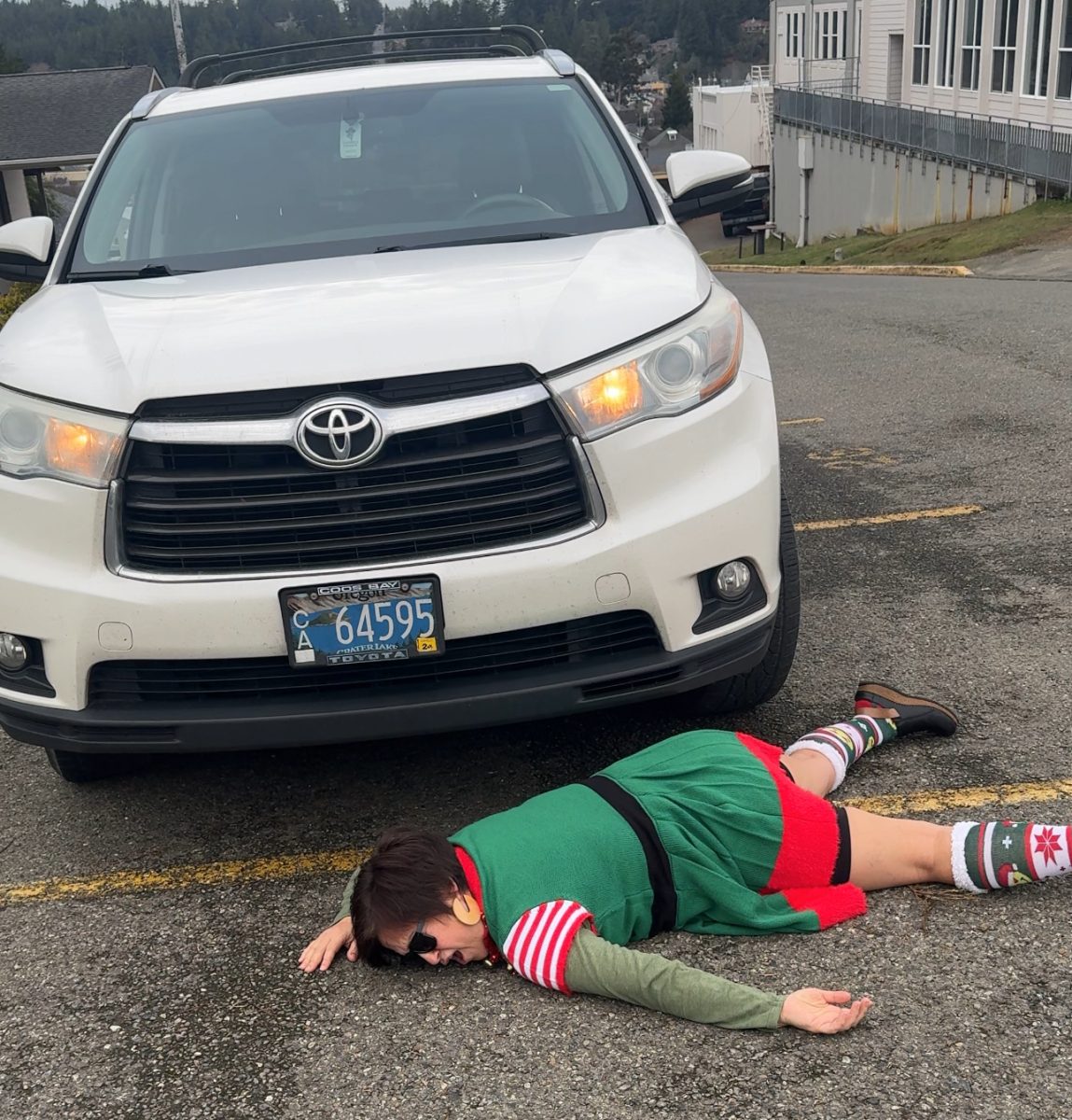
Society is primarily based around people with two functioning legs.
In Oregon, 27.3 percent of people 18 and older have disabilities, according to the 2014 annual report on the Health of Oregonians with Disabilities. The American Disabilities Act (ADA) Standards of 2010 states that all local government buildings must be constructed in a way that makes them accessible to all individuals with disabilities. Although buildings might correlate with these standards, it might not always be easy to maneuver said designs.
History teacher Debbie Brown said she was able to experience what it is like to have a disability when she sliced the extensor tendon in her foot. Brown had her foot in a cast and needed to use a scooter to get around, but she is now able to use a walking boot.
“It has given me a completely different view of what it is like to be handicapped,” Brown said. “It made me realize how difficult it is.”
Brown said the handicap devices such as ramps look easy to use but can sometimes be difficult. Incidentally, in the case of an emergency, for example a fire, she would not be able to use the elevator and would require assistance to evacuate the building.
“It makes you feel vulnerable, not safe to some extent,” Brown said.
The ADA, signed in 1990, laid down a set of requirements for building designs. It provides regulations set for people in wheelchairs or walkers and people with other disabilities, such as being deaf or blind. It states the minimum amount of space needed in an area to allow wheelchairs or walkers to capably enter, turn and exit. There are very specific things in the ADA requirements that people may not even realize need to be addressed, such as height of counters, outlets, light switches, windows and placement of benches.
Architect Lon Samuels said many people do not realize how important design can be. Every aspect of a building has to be considered to be usable by all people, down to the size of railings for people with arthritis in their hands.
According to Samuels, the city of Coos Bay is not completely in compliance with all design requirements. One problem he said is most prevalent is the design of parking lots. Some parking spaces may be at a slant or do not have enough room for a wheelchair, creating an imbalanced playing field for people who use wheelchairs, etc., versus people who do not.
“We [architects] put a lot of time and effort into design of facilities and parking lots and everything, but there’s some places that it is so difficult to meet those requirements,” Samuels said.
Most buildings are primarily designed to fit people without handicap limitations, but according to Samuels, a public building must allow opportunity for access for all people.
“You can’t provide accessible design for 100 percent of the population,” Samuels said. “But, the guideline is, if it’s a public building, then it has to be accessible.”
Senior Leticia Edwards was born with an undiagnosed condition that makes standing and walking straight challenging. She said the biggest problem was transportation with her walker, but people at school make it easier by carrying it up the stairs.
People may help those with disabilities, but one may not understand their struggle unless one is put in a position where they are handicapped.
“They say they do [understand], but they don’t,” Edwards said. ”They’re not in my shoes so they wouldn’t know.”
Even when a building conforms to all requirements, access can still be limited. For example, in 1994, Samuels was involved in a project in Brookings-Harbor where they had to expand a bathroom because it was difficult for a teacher to use it, due to a large electronic wheelchair. They also had to adjust a bathroom for an elementary school student who had difficulty using the restroom because he had multiple sclerosis. Samuels said the updated ADA guidelines will include designs that apply to children, for the current requirements only apply to “adult-sized” people.
Not all problems disabled or handicapped people face are due to transportation. It is common for people to be bullied because they are different, and this is no exception. Edwards said she noticed it when she attended Sunset Middle School, but her brother Tomas Edwards stood up for her and the problem eventually diminished.
“If he wasn’t here right now, I bet people would be making fun of me left and right,” Edwards said. “Now the whole school has my back because of him.”
Similar to how Brown said she has learned from her handicapped experience, Edwards said she desires to help other people who have similar conditions to her, simply by giving them advice or sharing her story with them. She credits her character to her brother because he helped her become a better person.
“If I see someone making fun of them [other handicapped people] I would step up and I would do what my brother does,” Edwards said.


